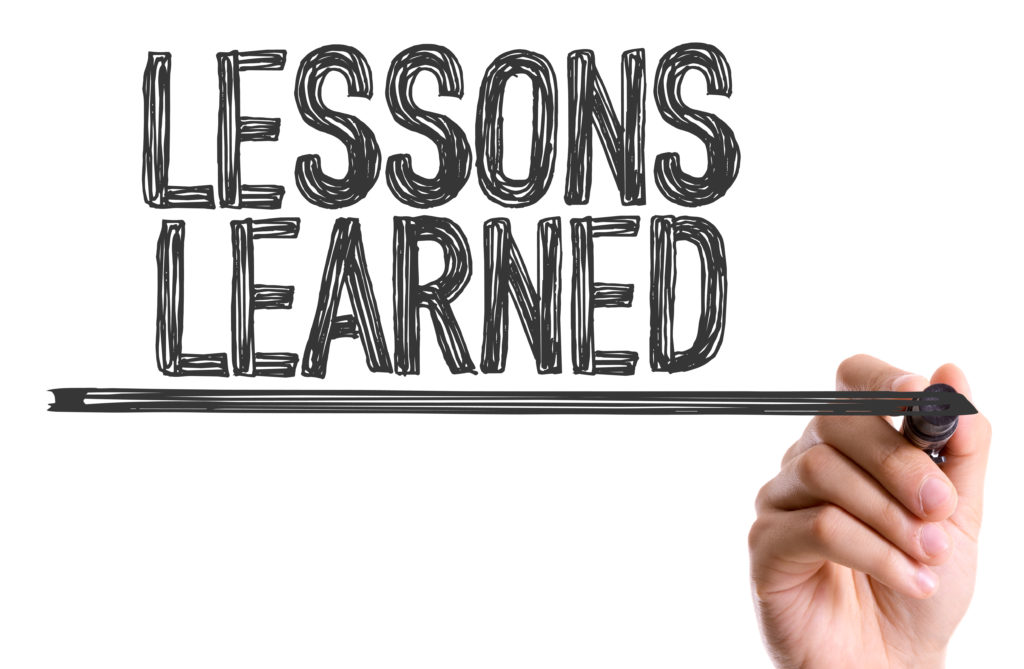
Strategic Sourcing in the Next Normal
July 30, 2020
The coronavirus pandemic threw a wrench, maybe the entire toolbox, into the works for many equipment manufacturing supply chain professionals. Uncertainty still hovers, yet work must push forward. Infrastructure projects still need to be completed, pipelines need to be expanded and material needs to be conveyed. The strategic sourcing of metal parts fabrication for both existing equipment models and new versions, however, is different today than earlier this year.
In essence, COVID-19 forced supply chain pros to:
- Adapt quickly to radical changes in supply and demand
- React to newly-discovered weak points in global supply chains and service networks
- Achieve new levels of visibility, agility and productivity
- Preserve cash
To find success in the “new normal,” the supply chain professional must leverage lessons learned from the crisis. At the same time, proactive equipment manufacturing companies will take this opportunity to prepare to effectively meet present and rebounded customer demand.

Lessons Learned
Many industry leaders “are energized and inspired by the progress the crisis has forced them to make,” McKinsey reported. The consulting firm cites production lines achieving “record levels of availability” or manufacturers finding physical-distancing measures led to increased productivity. Companies that turned to daily planning cycles during the crisis also gained from real-time visibility and can’t imagine operating again with the old monthly metrics.
Drawing on their COVID experience, organizations are also moving to:
- Reassess make-or-buy strategies
- Vet entire supply chain networks for financial stability and continuity planning
- Build stronger supplier-partner relationships
- Transform for agility through asset modularity and workforce upskilling
- Reskill workforces to accelerate the transition from manual, repetitive tasks to human-only capabilities
- Revisit their global footprint in favor of regional supply chains
Taking action to rethink operational resilience will help the business to ride out future shocks or the next disruptive event. Applying lessons learned during the pandemic can also help set up professionals for greater success as the supply chain is reshaped in the “next normal.”
Adaptation as an Accelerant
Not all metal fabrication sourcing was placed on hold during COVID-19. Most global Original Equipment Manufacturers (OEMs) continued, albeit with added safety protocols in place, to deliver essential compactors, pavers, stackers, pressure vessels and other heavy equipment. Others retooled their factories to better meet pandemic needs.

While COVID-19 cases climb in certain areas of the world, the supply chain professional now needs to nimbly adapt so that sourcing can continue, all while prioritizing worker safety. For some OEMs, that means reducing demand among suppliers, plant shutdowns, plant closures, reshoring or onshoring parts fabrication – or all of the above.
But it may also mean accelerating digitalization. After all, research by the World Economic Forum and McKinsey indicates “companies often achieve significant and simultaneous improvements across multiple performance measures when they integrate advanced digital technologies across the value chain.”
For equipment manufacturers, the many use cases include:
- Real-time locating systems for key manufacturing components
- Digital lean tools (e.g. Kanban)
- Artificial intelligence-guided machine performance optimization
- Predictive maintenance aggregating historical and sensor data
- Digitized standard procedures for line operations with integrated workflow
Supply Chain Readiness
At the same time, buyers, purchasing managers and procurement directors have to be proactive, too. Now is the moment to prepare for customer needs in a rebound or anticipate new demands in this evolving environment.
It pays to be prepared for anything. This could serve as an oportunity to lean in closer to the customer, or implement lean programs or VA/VE solutions to help achieve cost targets.
For new product launches, dig into past timetables to verify launch lead times and product development. Work in tandem with supplier-partners to anticipate complications to also help identify where accommodations can be made to “go now” when new orders do come in. If you need to add a top-tier fabrication partner to your roster for new or existing parts production, contact the experts at Miller Fabrication Solutions to help you forge OEM innovation.
The “V” recession recovery may never materialize. Still, by looking to the lessons learned in the crisis and moving to provide an agile foundation for current and future metal fabrication parts sourcing, the OEM supply chain professional can gain competitive advantage – even in the face of continued uncertainty.